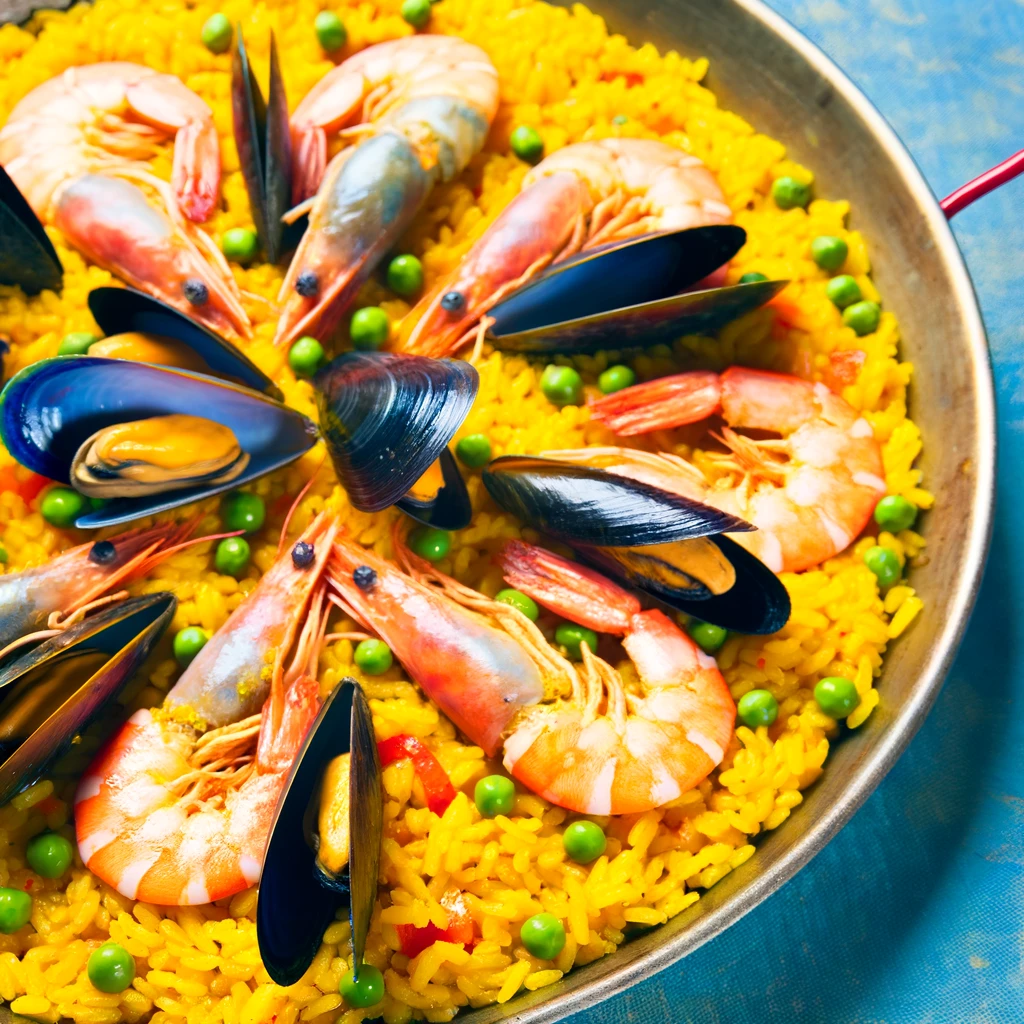From the sun-kissed streets of Seville to the bustling bars of Barcelona, tapas are more than just appetizers in Spain – they are a way of life. These bite-sized delights have traveled far beyond their Spanish origins, captivating food enthusiasts worldwide. But what makes tapas so special, and how did this culinary tradition become a global phenomenon?
The Essence of Tapas
Tapas are small dishes, often served with drinks at bars. The beauty of tapas lies in their simplicity. Whether it’s albondigas (meatballs), gambas al ajillo (garlic prawns), or patatas bravas (spicy potatoes), each dish is a burst of flavor. The variety ensures that there’s something for everyone, making it a communal dining experience.
A Journey Through History
The origins of tapas are shrouded in tales and legends. One such legend revolves around King Alfonso X of Castile. Stricken by illness, the king could only consume small portions of food with wine. After recovering, he mandated that wine be served only with a snack, ensuring that people wouldn’t drink on an empty stomach.
However, the more pragmatic theory suggests that tapas were practical solutions for workers who needed a quick bite during their break, providing them with the energy to carry on.
The Spread Beyond Spain
While tapas have their roots in Spain, their appeal is universal. As the Spanish empire expanded, so did its culinary influence. In the Americas, the concept of tapas merged with local ingredients, leading to innovative dishes. Meanwhile, in Asia, countries like the Philippines embraced the culture, adding their unique twist.
Tapas Today: A Global Affair
Today, tapas-style dining can be found worldwide. In the U.S., “small plates” restaurants offer a variety of dishes meant for sharing. In parts of Asia, communal dining over several small dishes is a norm. The essence of tapas – sharing, community, and variety – resonates globally.
The Social Fabric of Tapas
In Spain, tapas are more than food; they’re a social activity. Friends and family gather at tapas bars, hopping from one to another, trying out different dishes. It’s a way to socialize, catch up, and enjoy life’s simple pleasures.
Evolution of Tapas: Fusion and Experimentation
As with any cuisine, tapas haven’t remained static. Chefs, both in Spain and abroad, are experimenting, fusing traditional tapas with global flavors. Whether it’s incorporating sushi elements or infusing them with flavors from the Middle East, tapas are continually evolving, much to the delight of food enthusiasts.
Conclusion
Tantalizing tapas, with their rich history and global appeal, are a testament to Spain’s enduring culinary legacy. As they continue to inspire and evolve, they remind us of the joy of shared meals and the universal language of food.
External Links:
- A Brief History Of The World Famous Spanish Tapas – The Culture Trip



